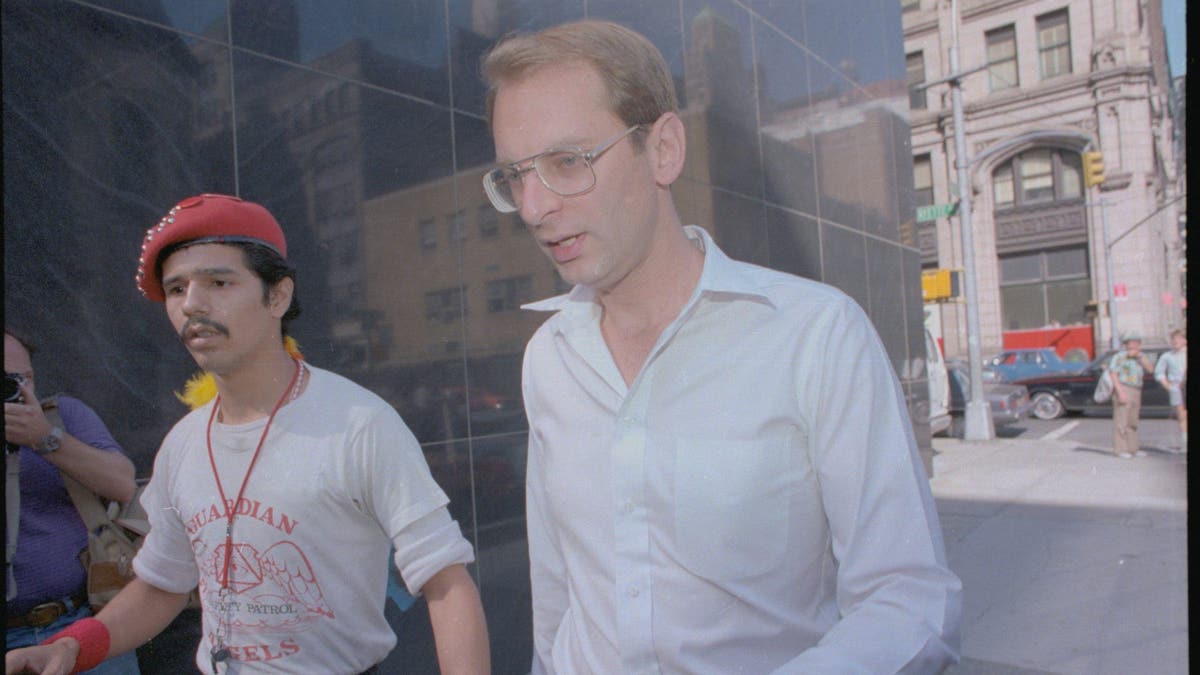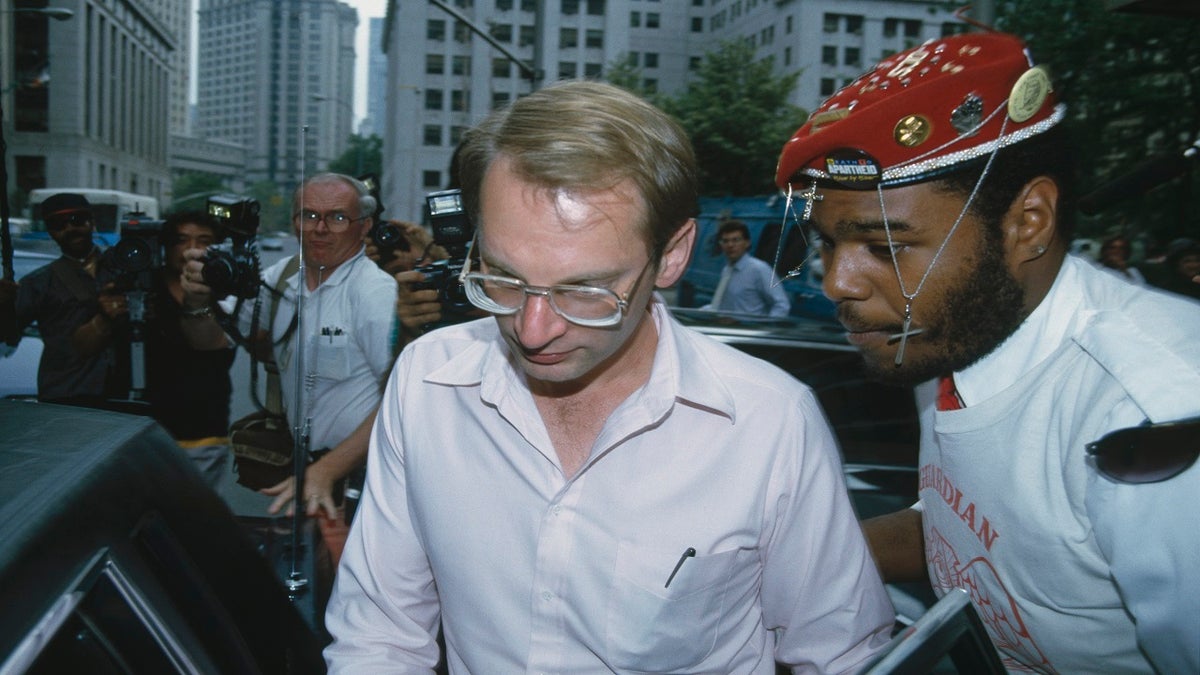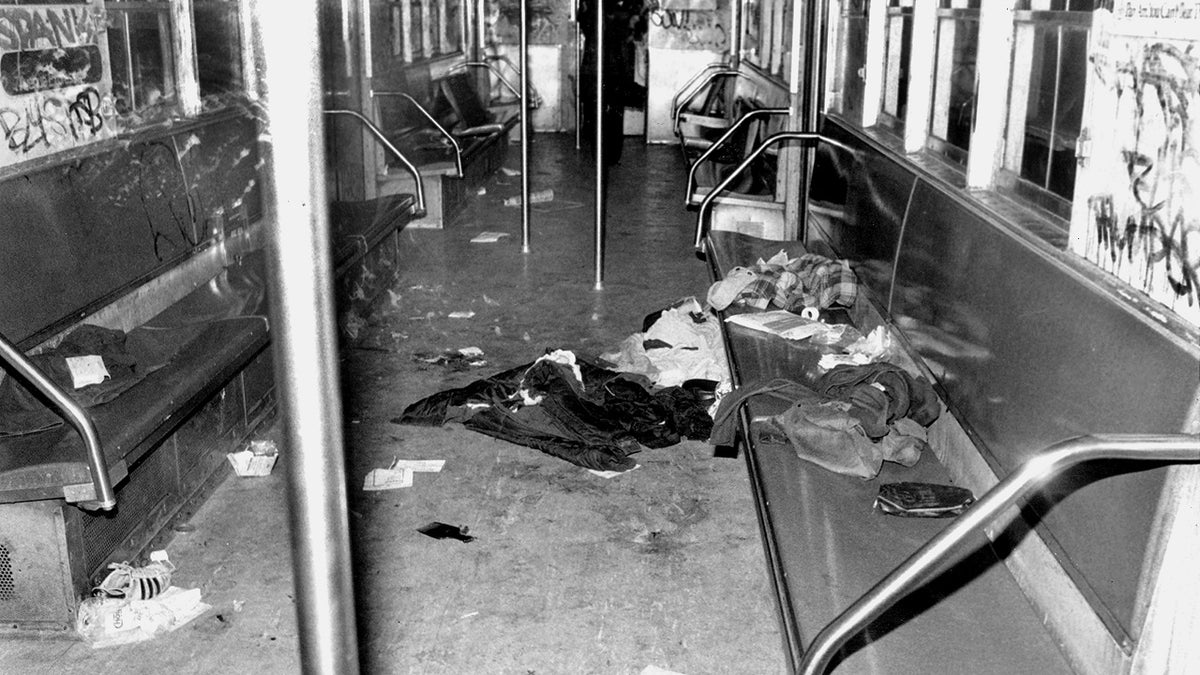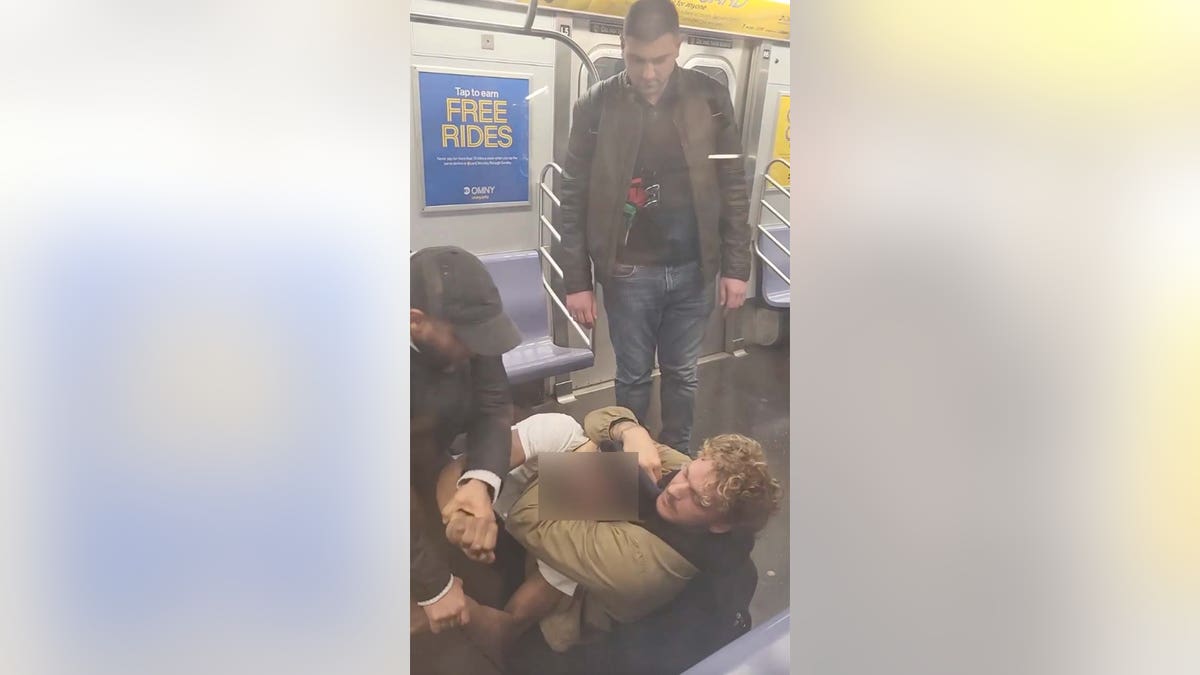Four decades separate their stories, but the cases of Daniel Penny and Bernhard Goetz share striking similarities, raising questions about self-defense, public safety, and racial dynamics in New York City's subway system.
In 2024, Daniel Penny, a 26-year-old Marine veteran, found himself facing charges after restraining Jordan Neely, a 30-year-old man experiencing a violent outburst on a subway car. Penny's actions, captured on video, ignited a public debate about appropriate responses to erratic behavior and the boundaries of self-defense. Ultimately, a jury found Penny not guilty of criminally negligent homicide after prosecutors dropped the more serious manslaughter charge.
This echoes the 1984 case of Bernhard Goetz, a 37-year-old electronics technician who shot four young men on a subway car, claiming self-defense against an attempted robbery. Goetz's case also became a lightning rod for discussions about race, crime, and vigilantism in New York. He was acquitted of attempted murder charges but served time for illegal weapons possession.
Both incidents occurred against a backdrop of perceived rising crime rates in New York City. Goetz cited previous muggings as justification for carrying a handgun, while Penny referenced recent subway attacks involving individuals experiencing homelessness. These contexts fueled public discourse about citizens taking matters into their own hands when faced with perceived threats.
The racial dynamics of both cases added another layer of complexity. Both Goetz and Penny are White, while the individuals they confronted were Black. This disparity prompted discussions about racial bias and whether the outcomes would have been different if the racial roles were reversed. Penny's defense team explicitly rejected accusations of racial motivation in his actions.
The parallels between these two cases offer a glimpse into the enduring tensions surrounding self-defense, public safety, and race relations in New York City. They serve as reminders of the complex considerations involved when individuals perceive threats in public spaces and the potential consequences of acting on those perceptions.

Bernhard Goetz, who shot four youths on a crowded subway because he felt he was about to be robbed, was cleared of all attempted murder charges. He was convicted on only one of 13 counts, third-degree weapons possession. (Bettmann via Getty images)

Daniel Penny returns to the courtroom after a break during his trial in Manhattan Criminal Court Dec. 3, 2024, in New York City. (Michael M. Santiago/Getty Images)

Bernhard Goetz leaves the courthouse. (Rick Maiman/Sygma via Getty Images)

A No. 2 train subway car in the aftermath of the Bernhard Goetz shooting at Manhattan's Chambers Street Station Dec. 22, 1984. (Carmine Donofrio/NY Daily News Archive via Getty Images)

Screenshot from bystander video showing Jordan Neely being held in a chokehold on the New York City subway. (Luces de Nueva York/Juan Alberto Vazquez via Storyful)
Comments(0)
Top Comments